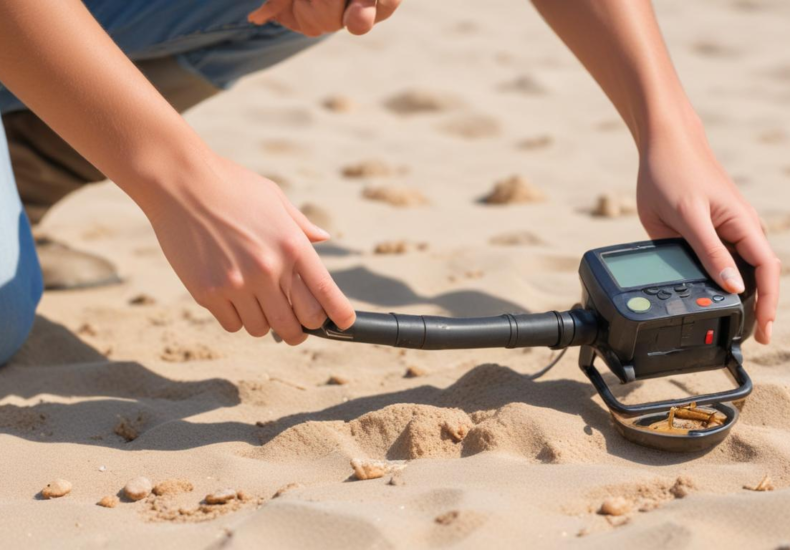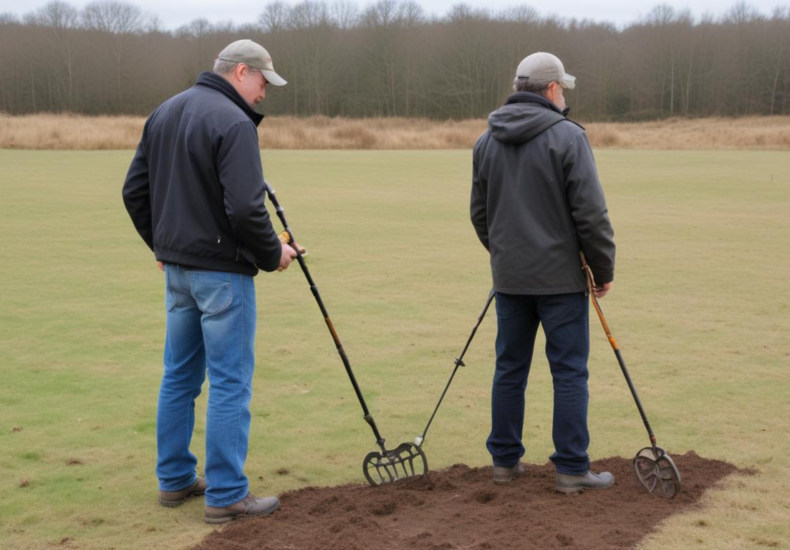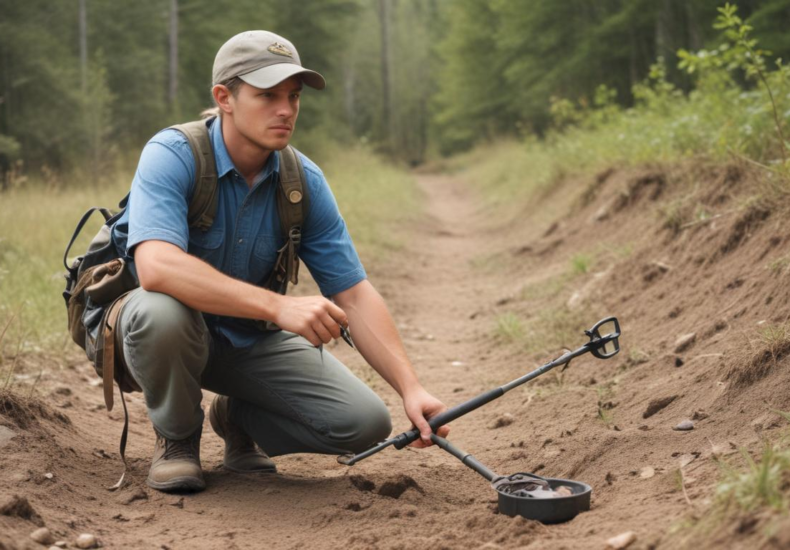Day: April 22, 2025

How to interpret your detector’s signals
Unveiling the secrets of metal detection, understanding how signals from different metals and objects differ can transform a casual hobby into skilled treasure hunting. Learn how pitch and tone can tell you what’s beneath without digging and how misinterpretations can lead you astray. Explore the sophisticated interplay of audio, visual, and numerical cues in today’s advanced detectors, which can revolutionize your approach to metal detecting. Whether you’re hunting for relics, cleaning up a beach, or sifting through a crime scene, mastering these signals can dramatically enhance accuracy and efficiency.

Using a metal detector to find lost jewelry
Selecting the right metal detector is essential for anyone looking to find lost jewelry, such as rings and heirlooms. With types like Very Low Frequency (VLF), Pulse Induction (PI), and Multi-Frequency (MF) available, each has unique capabilities suited for different environments and target types. Knowing which to choose, how to adjust settings like sensitivity and discrimination, and deploying effective search techniques can drastically enhance your treasure hunting success.

Essential gear for successful metal detecting trips
Choosing the ideal metal detector hinges on understanding the specific requirements of different terrains and target types, from coins in parks to relics in battlefields. Factors like frequency, coil size, and advanced settings such as adjustable sensitivity and discrimination play pivotal roles in optimizing your metal detecting efforts. Enhancing your toolkit with essential accessories like pinpointers and specialized digging tools further refines the experience, ensuring both efficiency and enjoyment in your treasure hunting adventures.

How to join a local metal detecting club
Exploring the perks of joining a local metal detector club reveals a treasure trove of benefits, from access to exclusive hunt locations and expert-led workshops to community service opportunities and substantial equipment discounts. Delve into how these clubs foster camaraderie, enhance skills, and connect enthusiasts with the tools and knowledge needed for successful and responsible treasure hunting.

Hidden dangers of metal detecting in remote areas
The thrill of metal detecting in remote areas comes with significant environmental and safety considerations. Disturbance to soil and plant life, potential harm to wildlife, and risks posed by improper waste disposal are just some challenges that enthusiasts face. Additionally, the solitude of remote locations increases the risk of injury and complicates emergency responses, while legal and ethical obligations protect cultural and historical sites. Ensuring responsible practices can preserve the integrity of these areas for future explorers.